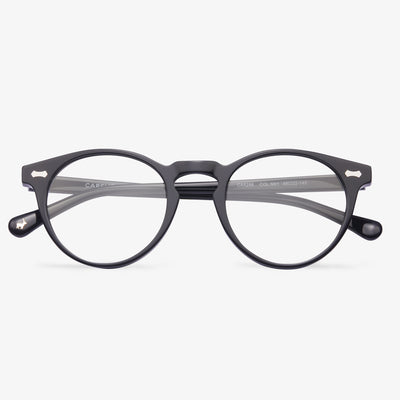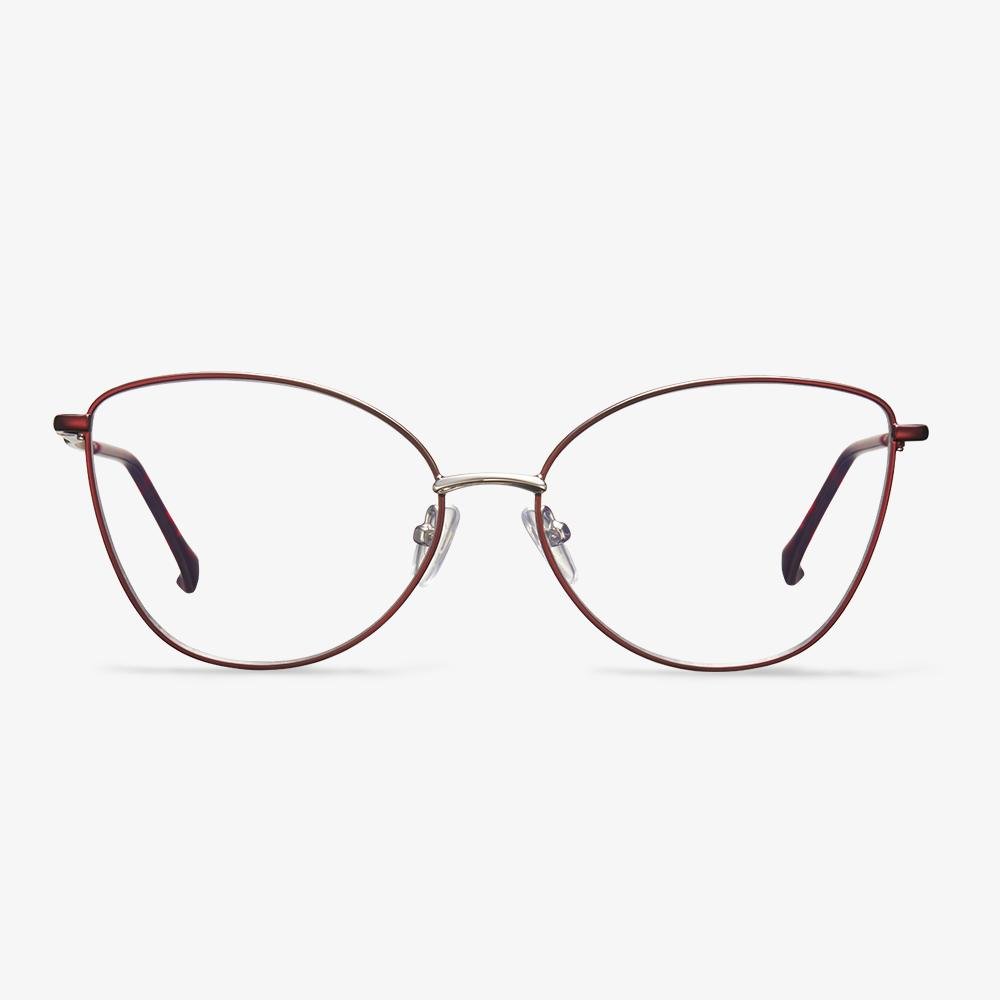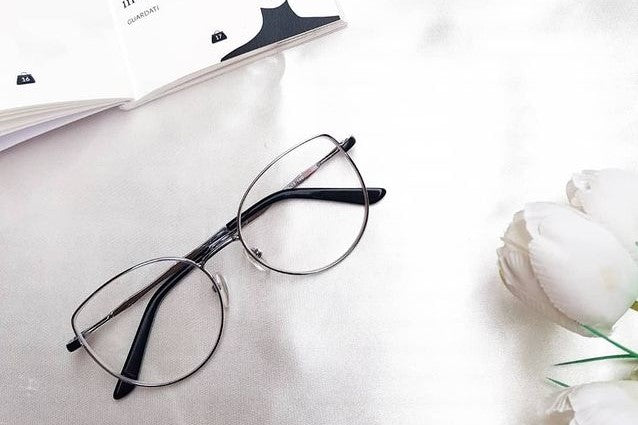Visionworks
Visionworks is a leading provider of eye care services dedicated to providing their customers with a wonderful shopping experience and high-quality products and services with the best value and selection in the industry. All stores provide designer and exclusive branded frames, lenses, sunglasses, and accessories as well as leading vision correction technology. Every purchase comes with an unconditional 30-day satisfaction guarantee and free lifetime cleaning and adjustment.
What color coating is good?
The purpose of plating anti-reflection film is to reduce the reflection of light. But because it is impossible to be completely free of reflected light, there will always be some residual reflection on the surface of the lens that causes the visible color. Someone asks which kind of these residual color is best. It does not have a standard actually. It is mainly based on a personal preference for color. More on the market at present is green color. However, these residual colors can initially help us to judge the thickness of the film: when the film is thin (the thickness is less than 139nm), the reflected light will show light yellow, and when the film is thick (the thickness is more than 139nm), it will show blue-green. The current multi-layer anti-reflection film thickness is about 0.3μm.
The design evolution of progressive lenses
Spherical and aspheric designs
The design of the front surface of the far-use area of the early progressive lens is similar to that of the ordinary spherical single vision lenses, so it is called a spherical progressive lens. Since 1974, the front surface of the far-use region of the lens is designed to be aspheric by designers, which not only reduces the peripheral aberration but makes the lens thinner, lighter, and less powerful.
Hard and soft design
For hard design, the channel is short, and the gradient is large. The near-use area position is high. The effective visual area of remote and near-use areas was larger. Peripheral astigmatism is relatively concentrated. Because surrounding astigmatism increases rapidly and the distribution is dense, the curve effect is more obvious. The gradient area is narrow. It is more difficult and takes longer for wearers to adapt.
Lenses with soft designs have slower gradients, longer gradients, and wider gradients. The angle of rotation of the eye from the far area to the near area is greater. It's easier to get used to. Compared with the hard design, the effective visual area of the far and near use areas is smaller, and the location of the near use area is lower.
Single, diverse, and individualized design
Initially, the progressive lenses used a single design, in which each basic curve was scaled equally and a luminosity combination was added within the range of its semi-finished lens blanks. The steepest base curve uses the same lens design as the flattest base curve. Lenses designers quickly realized that the overall performance of the lens could be improved by microcustomizing the lens design, leading to progressive lenses with multiple designs. This kind of design is called diverse design. By the mid-1990s, there was the emergence of individualized lens designs. In addition to using different gradients, these first individualized lens designs used steeper baseline curves with a slightly larger approach area to compensate for increased magnification and reduced field of view.
Symmetrical and asymmetric design
There is no difference between the left and right eyes in the symmetrical design of progressive lenses. As the eyes turn inward when they see near objects, the gradual gradient area gradually tilts to the nasal side from top to bottom, so the left/right progressive lenses should be rotated clockwise/counterclockwise respectively during processing. An asymptotic lens with left and right eye divisions is called an asymmetric design. The gradient is gradually and moderately inclined to the nasal side from top to bottom. The refractive force, astigmatism, and vertical prism of the two sides of the left and right gradient of the asymmetric design lenses are basically similar. At the same time, considering the characteristics of eye movement parameters in binocular vision, the peripheral aberrations of the corresponding positions of the left and right lenses were appropriately balanced to improve the visual effect of the wearer.
Driver's protective glasses
The principle of the driver's protective glasses is to use the special film on the glasses to reflect the strong light hitting the glasses back to protect the eyes. It can protect against ultraviolet, infrared and blue light on foggy and rainy days. In snowy weather and at night, the wearer can see the scenery more clearly, and it can also increase the vividness of red, yellow, green, white, and other colors, and eliminate the glare and reflected light of the oncoming cars when meeting cars at night.
Who looks good in transparent glasses?
Transparent glasses look good on almost all face shapes and skin tones for both men and women. Due to their versatility, they can mix and match with almost every outfit on any occasion. They are neither too old-fashioned nor showy among the crowd. You can confidently carry them with your office look and also, there is no problem hanging out with your friends.
Advantages of progressive lenses
1. The appearance of the lens is like a single vision lens, and the dividing line of the degree change cannot be seen. Not only is the appearance beautiful, but more importantly, it protects the age privacy of the wearer. There is no need to worry about leaking the age secret due to wearing glasses.(https://www.koalaeye.com/collections/progressive-glasses)
2. Since the change of lens power is gradual, there will be no image jump. It is comfortable to wear and easy to adapt.
3. Because the degree is gradual, the replacement of the adjustment effect is gradually increased according to the shortening of the short distance. There is no adjustment fluctuation, and it is not easy to cause visual fatigue.
4. Clear vision can be obtained at all distances in the visual range. A pair of glasses meet the use of long-distance, near use, and various distances in between. It is especially good for teachers, doctors, music workers, and computer operators because these people not only need to see far and near objects clearly, but most of the time they also need to be able to see objects at intermediate distances such as blackboards, piano scores, and computer screens. This is not possible with lenses other than progressive lenses.
5. At present, both internal and external ophthalmologists agree that young people should wear low-degree convex lenses when reading and writing to reduce near-use adjustment, thereby alleviating or preventing the occurrence and development of myopia. This gives the progressive multifocal lens a new meaning and mission. Physiology found that excessive use of the eyeball adjustment function can form 'accommodative spasm' or pseudo myopia. Continued development can produce longitudinal eye axis elongation and induce 'true myopia' or axial myopia. The external luminosity of the progressive lens can be artificially added to the progressive luminosity. The upper is used for looking far, and the below is used for looking near, which makes the eyeball relax and over-adjust. The ever-changing luminosity of the lens replaces the 'accommodative power' that should have been activated, blocking the vicious circle of adjusting the eye axis elongation, making the eye not easy to fatigue, and slowing the development of myopia.
A round face fits on a square frame.
The human face of a round face is shorter. So they had better match the slender frames that take curves slightly to reconcile the whole feeling. Angular and square frames are helpful to modify facial lines (prominent longitudinal lines). This can promote strengths and avoid weaknesses so that your face appears contour.


































